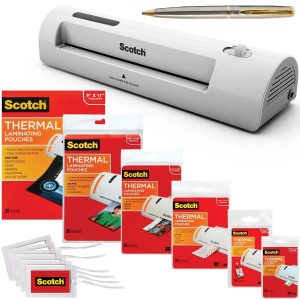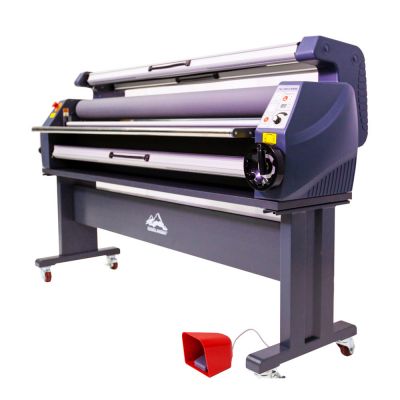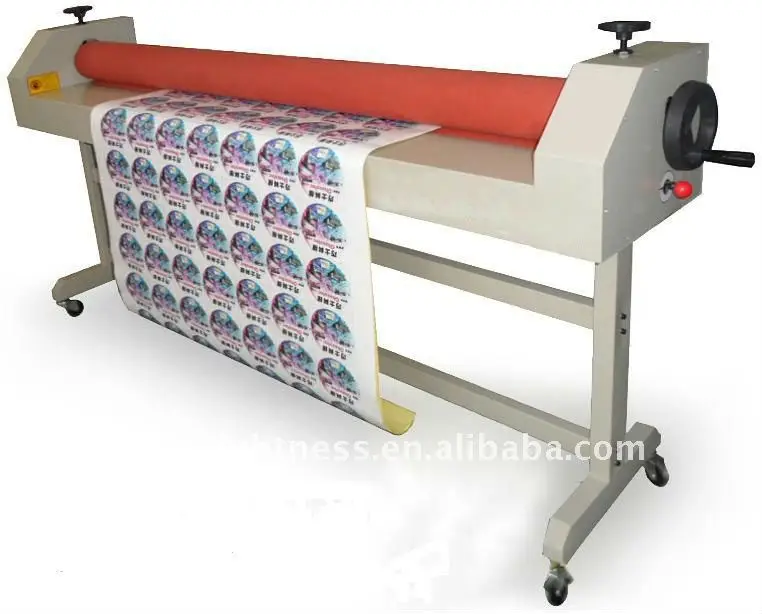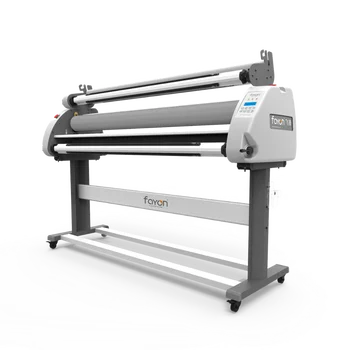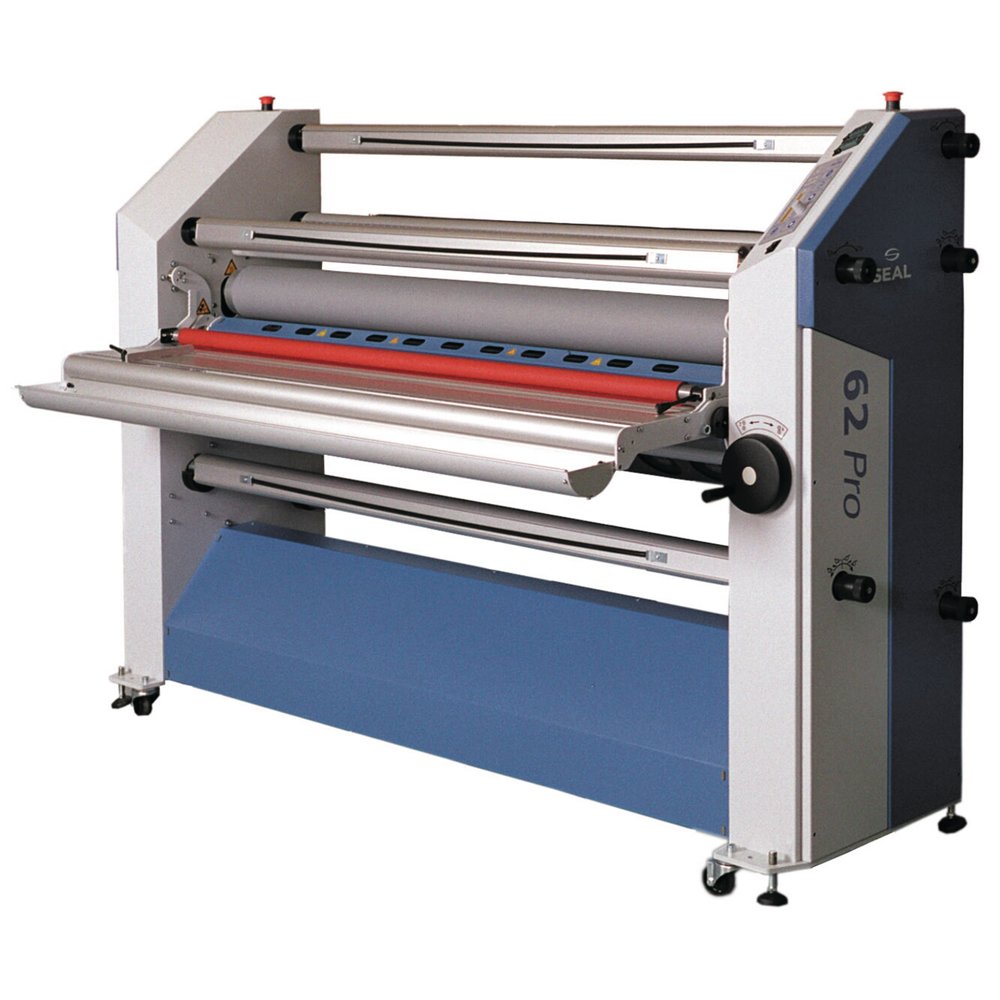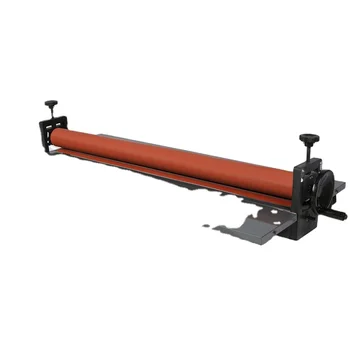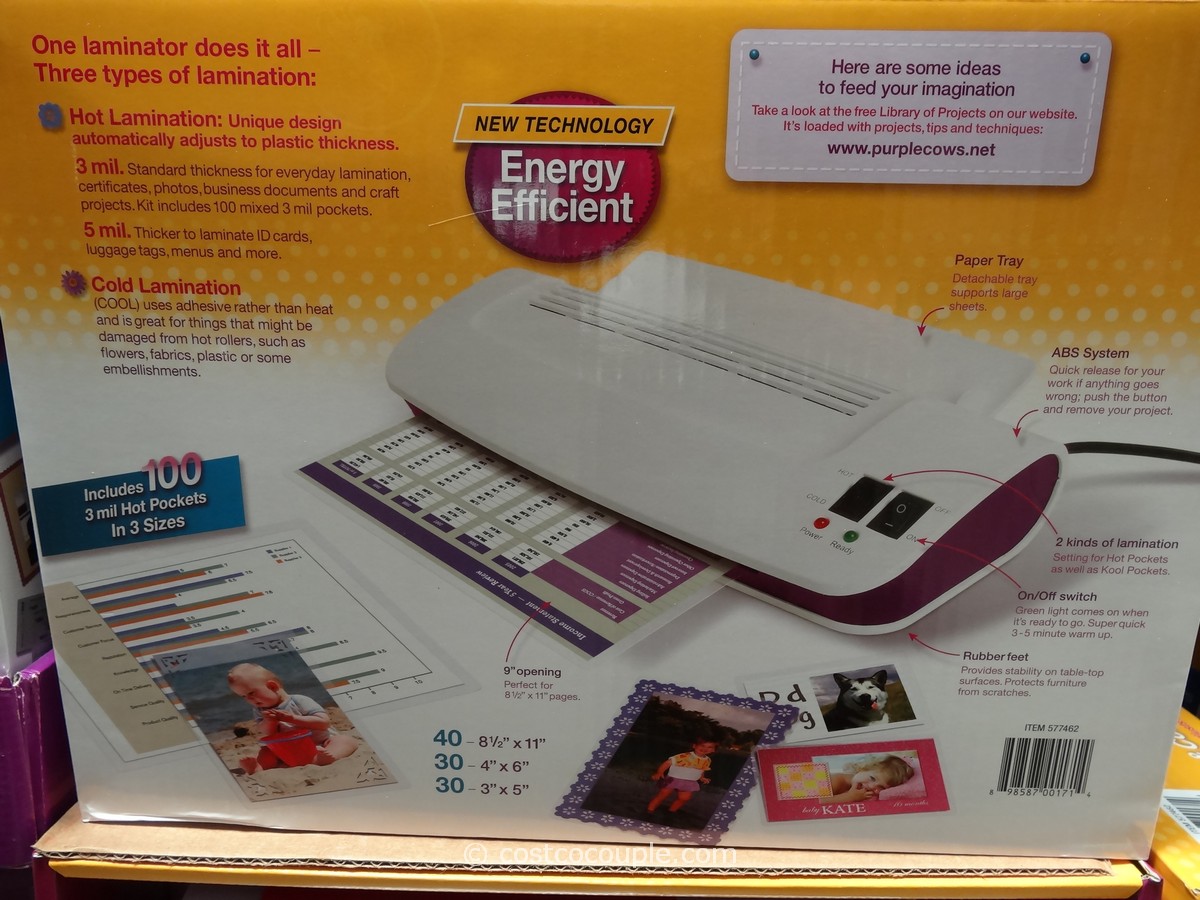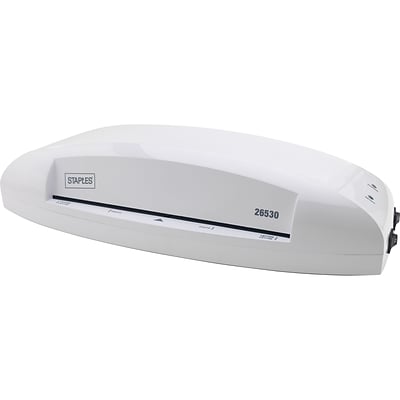Cold Laminating Setting

What you re going to be laminating.
Cold laminating setting. The machine comes with 30 laminating pouches to get you started. Something you absolutely must think about before getting a laminator is what you plan on laminating. However laminators even for the cold process deliver the best quality. Thermal laminator hot cold laminating machine with two heat settings abs button 3 min fast warm up for office school home 10 laminator pouches 4a4 3a5 3card films included mtl01 4 3 out of 5 stars 50.
Cold laminating films have a more aggressive adhesive that can be applied with pressure instead of heat. Cold laminating films typically cost more than hot laminating films but they can be applied using less costly easier to operate non. Bpf solutions bpfsolutions hotmail co nz http www printechsolution co nz. If you use both hot and cold look for a laminating machine that offers both temperature settings.
Most cold machines can be operated just by inserting your document into the feed opening and then cranking the handle. Hot lamination is the most common and durable lamination method and is generally preferred over cold lamination. There s also a cold setting available for smooth lamination results with pressure sensitive pouches. A release liner protects the adhesive until it ready to applied typically on a cold roll laminator.
With a hot device you need to usually set speed and temperature settings as well as worry about the thickness of your materials. Hot laminating is the most common temperature usage as it provides the greatest durability and clarity. And after 30 minutes of inactivity the thermal laminator will automatically power off to conserve energy. Hot laminators use a heat activated adhesive that is heated as it passes through the laminator.
In general cold lamination is much easier than thermal processing. A laminating machine distributes even pressure when laminating documents which is where the cold setting on your machine comes in handy. So going with the cold machine could end up costing you a bit more in the long run.







